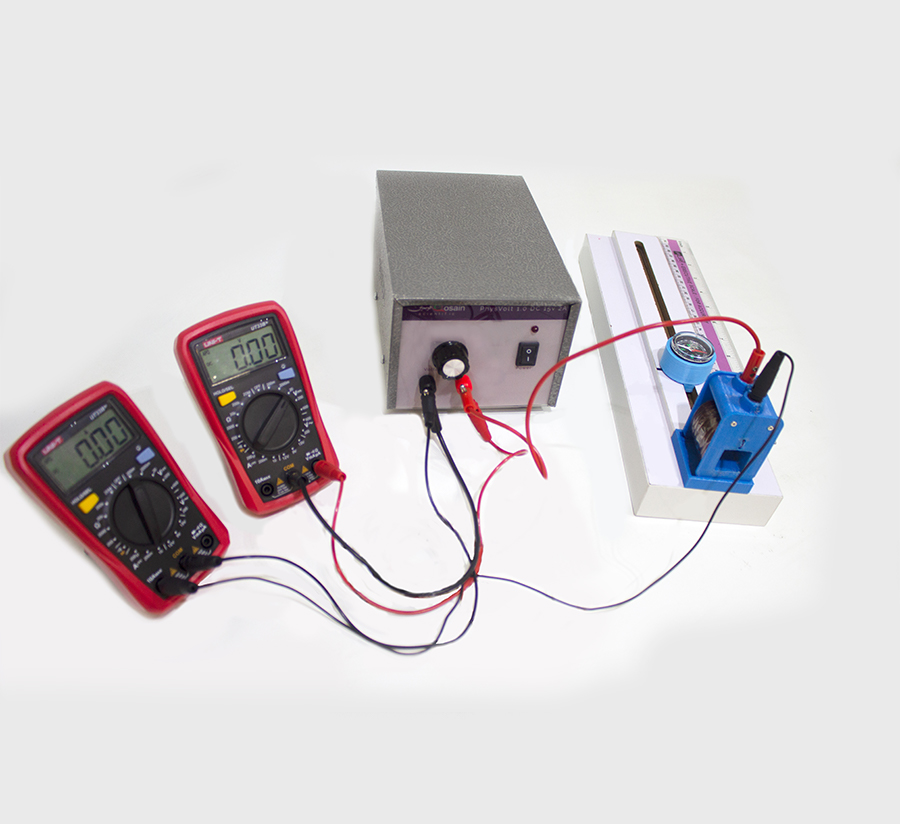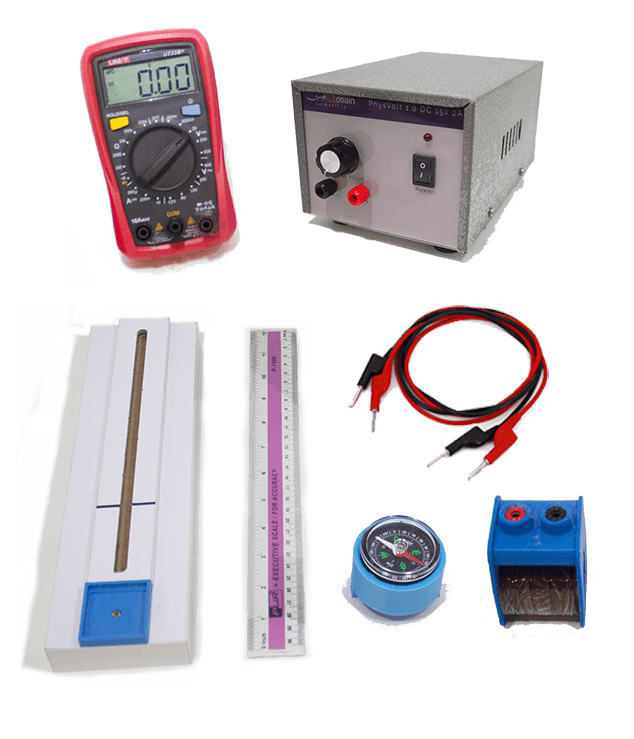Our earth is a large magnet but its magnetic field is quite faint! This experiment seeks to determine the horizontal component of the Earth's Magnetic Field through investigating the combined effect of this field and a current-carrying multi-turn coil. Students analyze the relationship between coil current and the magnetic field it generates using graphs, as well as learn data linearization and weighted straight line fitting.

